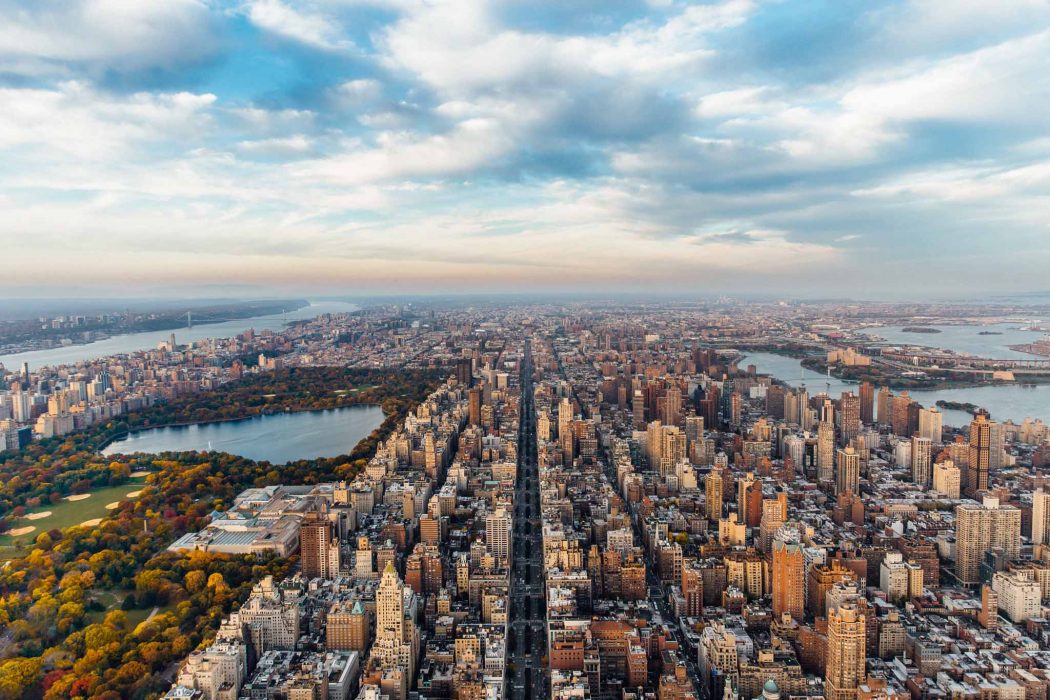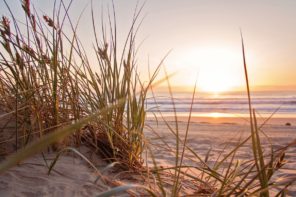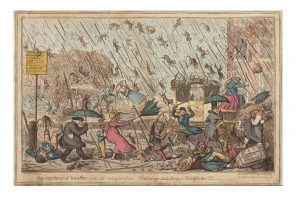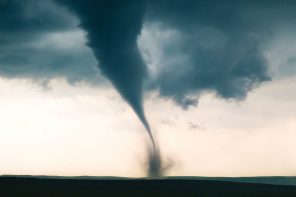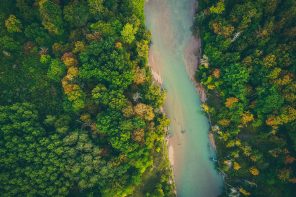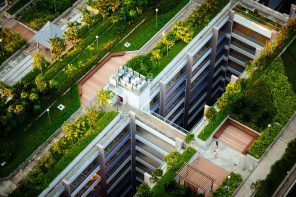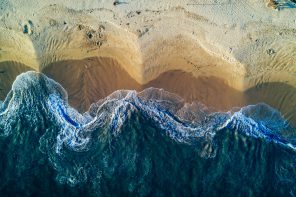How The Nature Conservancy is Helping New York Combat Climate Change
You don’t need us to tell you that 2017 has been a monumental year for extreme weather, harsh environmental realities, and sweaty October afternoons in NYC. As a result of the more frequent severe storms and other changes in our climate, local residents, non-profits, and community and state leaders are taking action for the future. Our good friends at The Nature Conservancy are leading these efforts around New York State and making an impact from Amagansett to the Adirondacks. They taught us a thing or two about the importance of water in our state, and are back to drop some more knowledge on the importance of fighting climate change the good old fashioned way—taking action.
Since Hurricane Sandy, The Nature Conservancy continues to work with New York State and Governor Cuomo to identify vulnerabilities and make recommendations to increase our resilience to storms and flooding.
The organization uses its scientific expertise to inform thinking about how New York can better prepare for future extreme weather events and reduce risks to communities in the face of a changing climate. I don’t know about you but we are down with that. Bonus points if you’ve already plugged in your address here to see if your neighborhood is at risk from the next storm.
Across the state, The Nature Conservancy has conducted a number of studies and implemented initiatives to strengthen our natural infrastructure in a responsible and sustainable way. Keep on scrolling to find out what they’re doing in your neck of the woods, its impact in local communities, and where you can learn more and even get in on the action.
New York City
-
- Urban Coastal Resilience Report
- At the request of the City of New York, The Nature Conservancy studied the use of nature-based infrastructure to address flooding and other climate change-induced risks in an urban area. Howard Beach, Queens was used as a case study.
- They found that nature plays an incredibly important role in protecting our coasts and providing a healthier, more sustainable and more livable urban community for both people and nature.
- Jamaica Bay Wildlife Refuge (JBWR) restoration
- They are working with the National Park Service and the Jamaica Bay-Rockaway Parks Conservancy on a huge restoration project in Queens, which was badly damaged by Hurricane Sandy.
- The work will create a more resilient Jamaica Bay—one that can help protect coastal neighborhoods from the effects of climate change by buffering storm surges and waves, as well as absorbing flood waters.
- As of today, the 5th anniversary of Hurricane Sandy, they will have planted nearly 28,000 trees and shrubs with the help of hundreds of local volunteers. The restored plant communities will help improve both wildlife habitat and coastal resilience.
- Urban Coastal Resilience Report
- Creating a healthier New York Harbor
-
- Hurricane Sandy was a big reminder that we live in a coastal city. The Nature Conservancy teamed up with Billion Oyster Project to work on restoring the health of the harbor.
- The goal is to restore harbor health while also helping New Yorkers develop a stronger connection to the harbor.
-
Long Island
Post-Sandy efforts on Long Island include
- Marsh elevation
- The Nature Conservancy has established a network of more than two dozen marshes where, along with partners, they are measuring whether or not our tidal marshes are keeping pace with sea level rise. If the marshes aren’t keeping up, they’re figuring out why and exploring how to best restore them.
- Working across state lines in the region impacted by Sandy
- The Nature Conservancy has assembled and is leading a multi-state working group that advises where and how to best restore marshes on Long Island. The main objective is to provide a forum to improve the exchange of ideas and information among practitioners across the region that are working to improve the resiliency of our coastal wetlands.
The Adirondacks and Beyond
Some parts of New York didn’t see major impacts from Hurricane Sandy, but many areas were hit hard by Hurricanes Irene and Lee. Investing in nature-based solutions can help prevent damage caused by climate change. Have you ever heard of a culvert? Improving how these stream crossings are built is one way to make communities more resilient to climate change, and helping towns be smarter about flood risks is another.
- In the past five years, The Nature Conservancy has reconnected 100 miles of river habitat by replacing or retrofitting eight culverts in New York’s Lake Champlain Watershed. Those culverts were blocking fish from reaching cool upstream waters and several were causing localized flooding. The upgrades are a true win-win for people and nature.
- Nature Conservancy scientists are working with towns to create Flood Smart Communities by assessing where communities are vulnerable to flooding and evaluating where nature can help out.
- They have helped unleash the force of nature to improve the health of Lake Ontario and restore 64,000 acres of wetlands, mitigating flooding and breathing new life into a lake in distress.
- Through workshops they’re leading for Hudson Valley communities, they’re helping communities identify solutions that can reduce risks, increase community safety, and maximize the benefits nature provides.
And if they weren’t already doing enough, check out how The Nature Conservancy is teaming up with one of Whalebone’s favorite haunts—Grand Banks Oyster Bar—to safeguard business owners from the impacts of climate change. Another dozen please.

